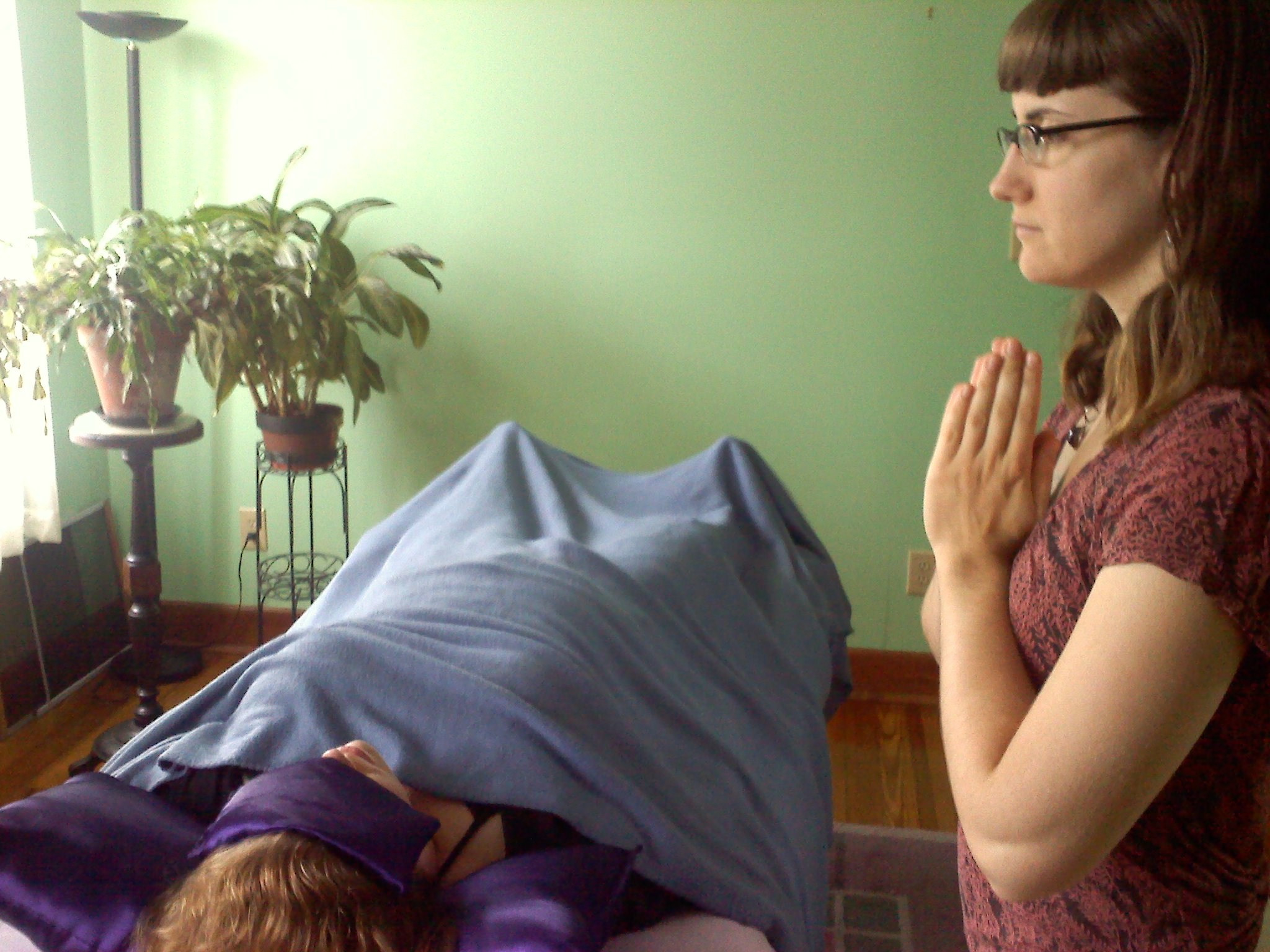The Patient Protection and Affordable Care Act (ACA), a.k.a. Obamacare, scheduled to take effect January 2014, has generated considerable interest and controversy. A more recent focal point for critics is the law's inclusion of complementary and alternative medicine (CAM) practitioners in its definition of "health professionals." This is the first time a federal health-care law has singled out CAM providers as integral members of the "health care workforce." Section 2706 requires that insurers "shall not discriminate" against licensed or certified health-care providers. This section could be interpreted as requiring insurers to reimburse CAM services.
Critics question whether insurance should cover health-care treatments of questionable efficacy. There is potentially a bigger problem that few people have noticed -- the proverbial elephant in the room. Many Americans are unaware that some of the most popular CAM services are religious in nature.
Many CAM providers advertise natural, scientifically validated health benefits, while making religious assumptions about why practices are supposed to work. Religious rationales for CAM are drawn from Hinduism, Buddhism, Taoism, or Western metaphysical spirituality. Religion is the core of many forms of yoga, chiropractic, acupuncture, Reiki, Therapeutic Touch, meditation, martial arts, homeopathy, and anticancer regimens. If you take away the religious rationales, it's not clear why or how many forms of CAM would have any therapeutic value.
A central assumption of many CAM practices is the existence -- and possibility of redirecting -- universal life force or vital energy. This metaphysical "energy" is termed qi, ki, prana, vital force, or Innate Intelligence. Blockages or imbalances in the flow of energy from the universe through the human body presumably cause disease. Holistic healing -- or "integrative" medicine -- opens blockages or redirects flows of spiritual energy through the body's energy channels (nadis or meridians, joined at chakras), rebalances opposing energy principles (yin and yang), or restores harmonious equilibrium between human bodies and a divine principle that indwells the cosmos. Techniques include physical touch or redirection of energy fields beyond the body using one's hands or instruments such as needles, or ingestion or external application of substances to restore energy balance. Practitioners may combine handling energy fields with invocation of aid from personal deities or spirits and rituals to protect against maleficent spirits or dangerous energies. CAM providers may not readily tell patients -- or government agencies -- about the religious nature of their practices, lest they offend potential patients or funders.
Before the 1960s, Americans who encountered such practices generally dismissed them as medically or religiously illegitimate. Conventional medical doctors disparaged CAM as quackery, and Christian clergy denounced CAM as tainted by "Eastern" religions or "New Age" spirituality. Today, CAM is mainstream. It can be found in Walmarts, YMCAs, public schools, hospitals, business corporations, and even Christian churches. CAM has become so commonplace that it is now embedded in federal health-care law. What happened?
Promoters of holistic health care marketed products to consumers poised by suboptimal health to embrace seemingly effective, spiritually wholesome therapies. One-suspect health practices became mainstream as practitioners recategorized them as nonreligious (though generically spiritual) health care, fitness, or scientific techniques -- congruent with popular understandings of quantum physics and neuroscience -- rather than as religious rituals. The appeal for insurance companies, and the government, is that CAM might save them money. Regardless of whether CAM produces specific benefits -- or functions merely as a placebo -- people who use CAM visit conventional doctors less often and request fewer drugs or medical procedures.
CAM has friends in high places. These prominently include Tom Harkin, Democratic Senator from Iowa since 1985, who backs bee pollen and acupuncture. Orrin Hatch, Republican Senator from Utah since 1977, advocates chiropractic and dietary supplements. And, not least of whom, Barack and Michelle Obama host yoga on the White House lawn to celebrate Easter. Harkin and Hatch pushed to establish the National Center for Complementary and Alternative Medicine (NCCAM) in 1998 and the White House Commission on Complementary and Alternative Medicine in 2001. Harkin authored the ACA's nondiscrimination section.
The ACA -- if interpreted as requiring CAM coverage -- in effect endorses religious practices, entangles the government with religion, and may indeed coerce funding of religious activities. Although the law has passed constitutional muster on other grounds, sections specific to CAM may violate the religious establishment clause of the Constitution's First Amendment.